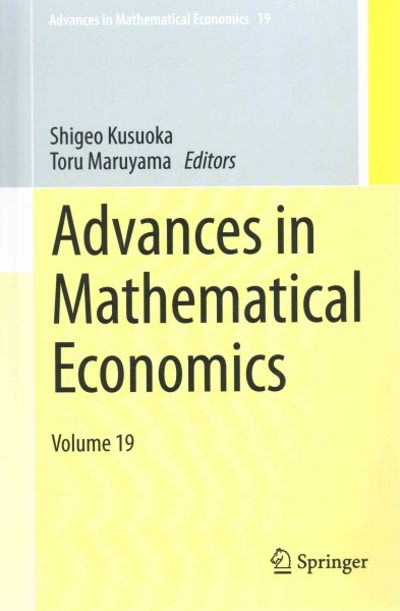Question
Part 1) The average number of students at each university with gym memberships outside of their respective university's fitness center was 1231 in 2017. In
Part 1) The average number of students at each university with gym memberships outside of their respective university's fitness center was 1231 in 2017. In an effort to study whether this trend is increasing in 2018 and thus UConn's investment in a new student fitness center is unnecessary, UConn researchers took a simple random sample of 34 universities. They found that the average number of students with external gym memberships from the 34 universities was 1233 with a standard deviation of 11.
a. What are the null and alternative hypotheses?
b. Calculate the test statistic
c. Find the p-value
d. What is your conclusion in context at the alpha significance level of .10? Did the number increase just by chance, or is there a reason to believe UConn made a mistake in their investment?
e. If we know the population standard deviation is 13, how does this impact your test if conducted at the same alpha significance level of .10? If you need to run a different type of test, list your new hypotheses, the new test statistic, the new p-value, and the new conclusion.
Part 2) Now we are interested in whether the true average number of students with gym memberships outside their respective university's fitness center for 2018 is not equal to the claimed mean in 2017. Assume that we know the population standard deviation to be 13. Use the confidence interval approach to hypothesis testing to conclude in context at the alpha significance level of .05 (remember to list the hypotheses, the interval, and then the conclusion in context).

Step by Step Solution
There are 3 Steps involved in it
Step: 1

Get Instant Access to Expert-Tailored Solutions
See step-by-step solutions with expert insights and AI powered tools for academic success
Step: 2

Step: 3

Ace Your Homework with AI
Get the answers you need in no time with our AI-driven, step-by-step assistance
Get Started


